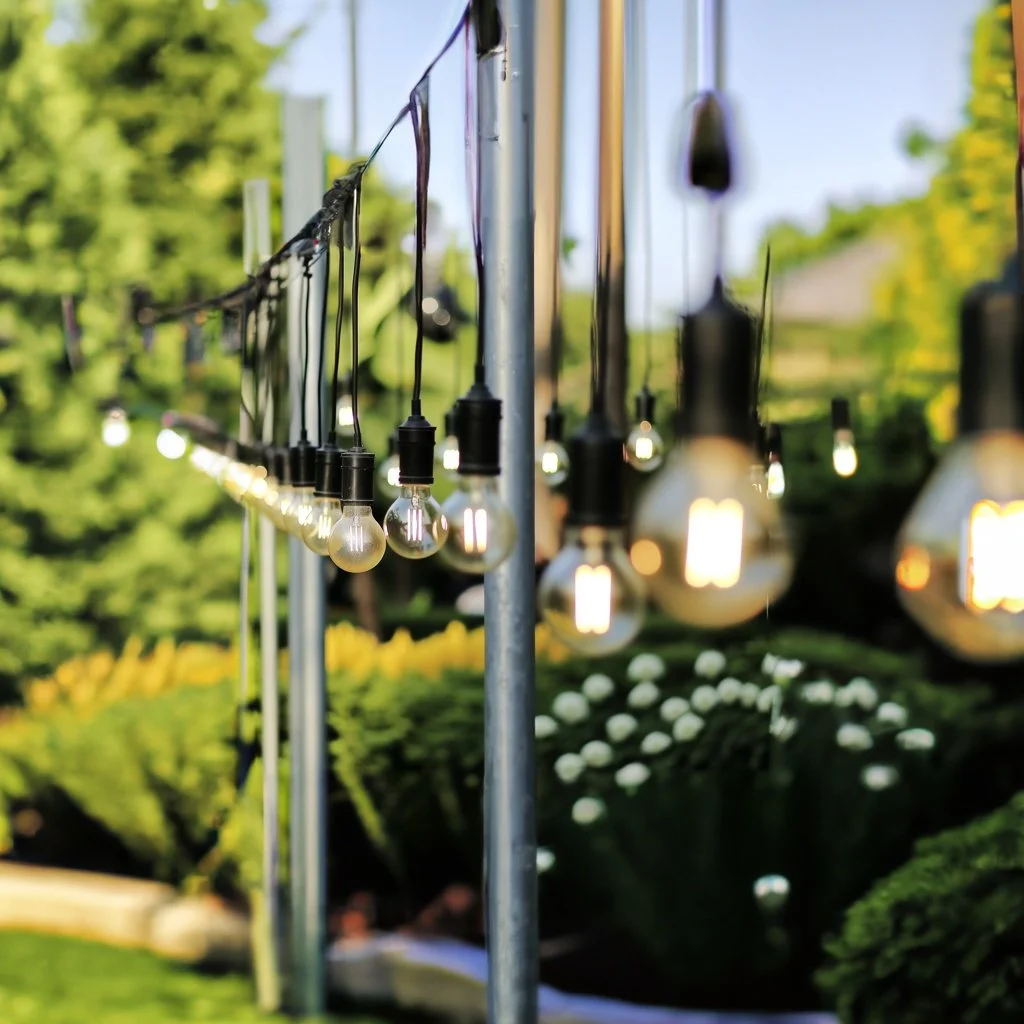Light Bulbs Exploded: A Guide to Understanding the Causes
The startling experience of a light bulb exploding can be both confusing and concerning. While relatively rare, understanding why this happens is crucial for both safety and prevention. In this comprehensive guide, we'll explore the various factors that can lead to light bulb explosions and how to minimize the risks.
What Causes a Light Bulb to Explode?
Although light bulbs exploding is an uncommon occurrence, the potential for property damage or personal injury makes it a subject worth understanding. Light bulbs can explode due to various reasons ranging from manufacturing defects to incorrect usage. Here’s the details:
Manufacturing Flaws
Poor Quality Materials
Sometimes, the quality of the materials used in manufacturing light bulbs is subpar. Lower quality glass or a thin filament can lead to a weak structure, making the bulb more susceptible to exploding.
Imperfect Seal
A faulty seal where the glass envelope meets the metal base can cause air to enter the bulb, leading to overheating and potential explosion.
Environmental Factors
Temperature Fluctuations
Rapid changes in temperature can cause the glass to weaken and break, especially if a hot bulb comes into contact with cold water or cold air.
Voltage Spikes
Sudden surges in electrical voltage can cause light bulbs to explode. These surges can result from lightning strikes or power grid fluctuations.
Moisture
Water or moisture coming into contact with light bulbs, especially those in exposed fixtures, can lead to a short circuit and potentially cause the bulb to explode.
User Errors
Incorrect Wattage
Using a bulb with a wattage higher than what the fixture is designed for can cause overheating and eventually lead to an explosion.
Over-tightening
Screwing a light bulb in too tightly can cause stress on the glass, making it more vulnerable to exploding due to thermal or mechanical stresses.
Lack of Ventilation
Light fixtures without adequate ventilation can trap heat, leading to overheating and the risk of the bulb exploding.
How to Minimize the Risks?
While the risk of light bulb explosions is relatively low, it's still important to be aware of the potential dangers and take steps to minimize them. Here are some key tips:
Use the right wattage for your fixture. Every light fixture has a maximum wattage rating, which is the amount of power it can safely handle. Exceeding this rating can cause the bulb to overheat and explode.
Ensure proper ventilation. Enclosed fixtures can trap heat, increasing the risk of a bulb overheating. Make sure your fixtures have adequate ventilation to allow heat to escape.
Choose the right bulb type. Incandescent bulbs, which are the traditional type, tend to run hotter than other types like LEDs or CFLs.
Replace old bulbs promptly. Bulbs wear out over time, and their risk of explosion increases with age. Different types of bulb have different lifespan.
Look for safety certifications. When purchasing new bulbs, look for ones that have been certified by a reputable organization, such as the Underwriters Laboratories (UL).
Be cautious with dimmer switches. Some dimmer switches are not compatible with all types of bulbs. Using an incompatible dimmer switch can cause the bulb to overheat and potentially explode
Conclusion
While light bulb explosions are uncommon, they can pose significant safety risks. By understanding the various factors that contribute to these incidents—from manufacturing defects to environmental conditions and user errors—you can take steps to minimize the risk and ensure a safer environment.
For any further concerns about electrical safety, feel free to reach out to us, Electrician Denver. Our team specialized in commercial and residential electrical services in Colorado Springs, available 24/7 to tackle your lighting issues.


